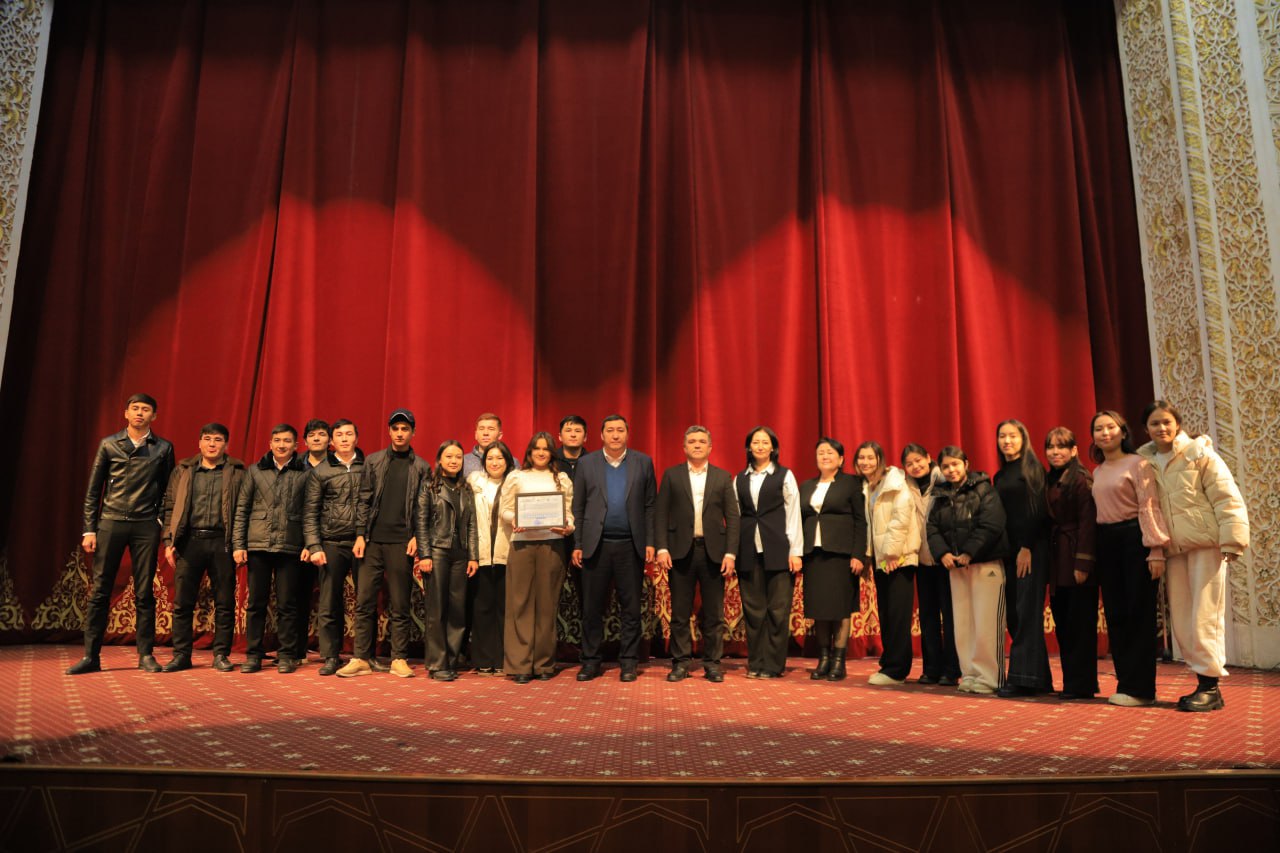Khamidova Sevara Bakhtiyorovna
Jizzakh state pedagogical institute
Head of Practical Сourse of English Language
Paradox is a term used to describe a statement or situation that contradicts itself or seems to go against common sense. It is a concept that has been studied in philosophy, literature, and science for centuries. One of the most famous examples of a paradox is the statement «this sentence is false.» If the statement is true, then it must be false, but if it is false, then it must be true. This creates a paradoxical situation where the statement cannot be assigned a definitive truth value. Another example of a paradox is the grandfather paradox in time travel. If a person were to travel back in time and prevent their grandfather from meeting their grandmother, then they would never have been born. This creates a paradox because if the person was never born, then they could not have gone back in time to prevent their own birth. Paradoxes can also be found in literature, such as in Lewis Carroll’s «Alice’s Adventures in Wonderland.» The story is full of paradoxical situations, such as the Cheshire Cat’s statement «we’re all mad here,» which implies that being sane is considered madness in Wonderland. In science, the concept of a black hole presents a paradox. According to the laws of physics, matter cannot be destroyed, but when matter enters a black hole, it appears to disappear completely. This creates a paradox because it seems to violate the laws of physics. Paradoxes are fascinating concepts that challenge our understanding of logic and reality. They can be found in many different areas of life and continue to intrigue thinkers and scholars today.
Paradox is a concept that is deeply embedded in many cultures and has various cultural aspects. Here are some examples:
- Eastern cultures, such as Chinese and Japanese, often use paradoxical statements in their literature and philosophy. For example, the Taoist concept of «wu wei» (non-action) is paradoxical because it suggests that one should act without trying to control or force outcomes.
- In Western culture, paradox is often associated with humor and irony. For example, the phrase «less is more» is a paradoxical statement that is often used in design and architecture to describe minimalist aesthetics.
- Paradox can also be used to challenge traditional ways of thinking and beliefs. In African cultures, for example, proverbs and folktales often contain paradoxical statements that encourage critical thinking and questioning of societal norms.
- In religious contexts, paradox is often used to express complex theological concepts that cannot be fully understood by human logic. For example, the Christian concept of the Trinity (one God in three persons) is a paradoxical statement that defies rational explanation.
Overall, paradox is a concept that is deeply ingrained in many cultures and is used in various ways to express complex ideas, challenge traditional thinking, and create humor and irony.
References
- Grossman M. Dada: Paradox, mystification and ambiguity in European – New York: Pegasus Books, 1971. – 192 p.
- Jakobson R. Linguistics and Poetics. // Style in Language. – N.7., L.:J.Wiley and Sons, Inc., 1960. – p. 350-377.
- Juan, Epifanio San J.R. The Art of Oscar Wilde. – Princeton, NewJersey: Princeton University Press, 1967. – 238 p.
- Kukharenko V. A. Seminars in style. – Moscow: Higher School Publishing, 1971. – 183 p.
- Lakoff G. The Contemporary Theory of Metaphor // Metaphor and Thought / Ed. by A. Ortony. 2-nd ed. – Cambridge Univ. Press, 1993. – P. 202 -251.
- Lakoff G., Johnson M. Metaphors we live by. – Chicago, 1995. – 242p.
- Longman Dictionary of English Language and Culture. – Longman Group UK Ltd., 1995. – 1528 p.





